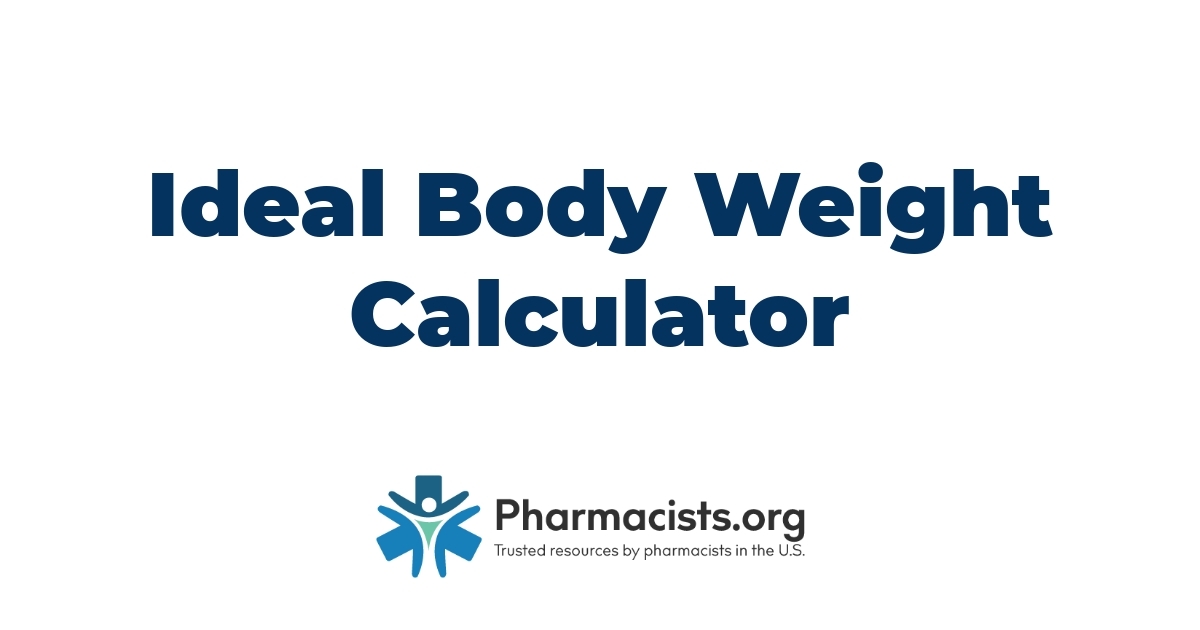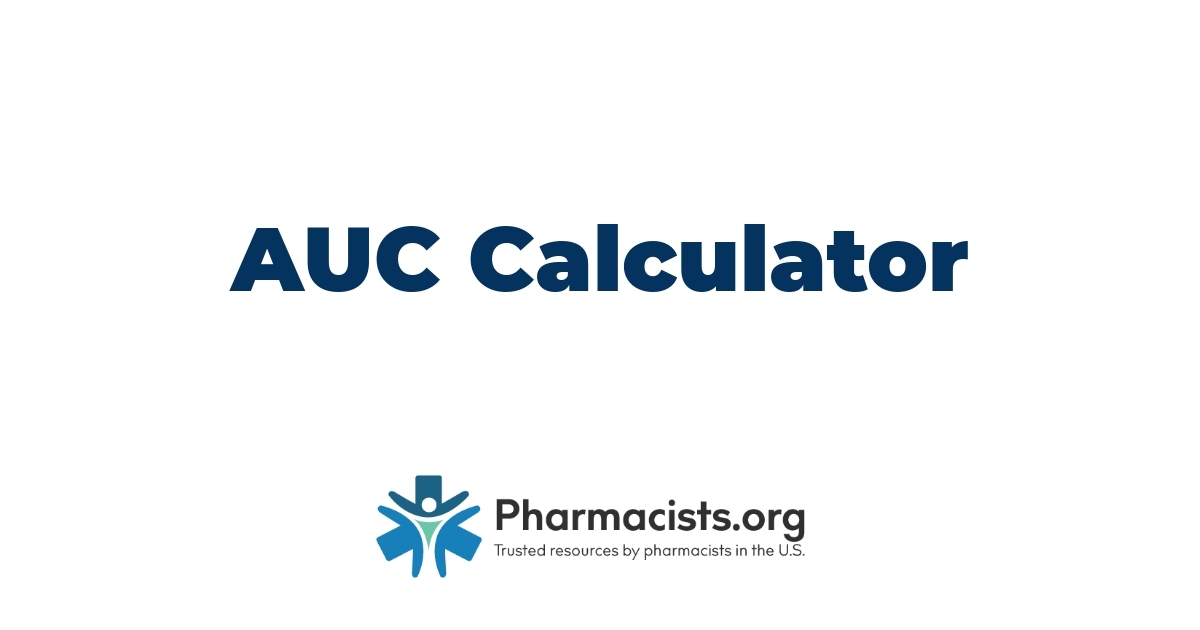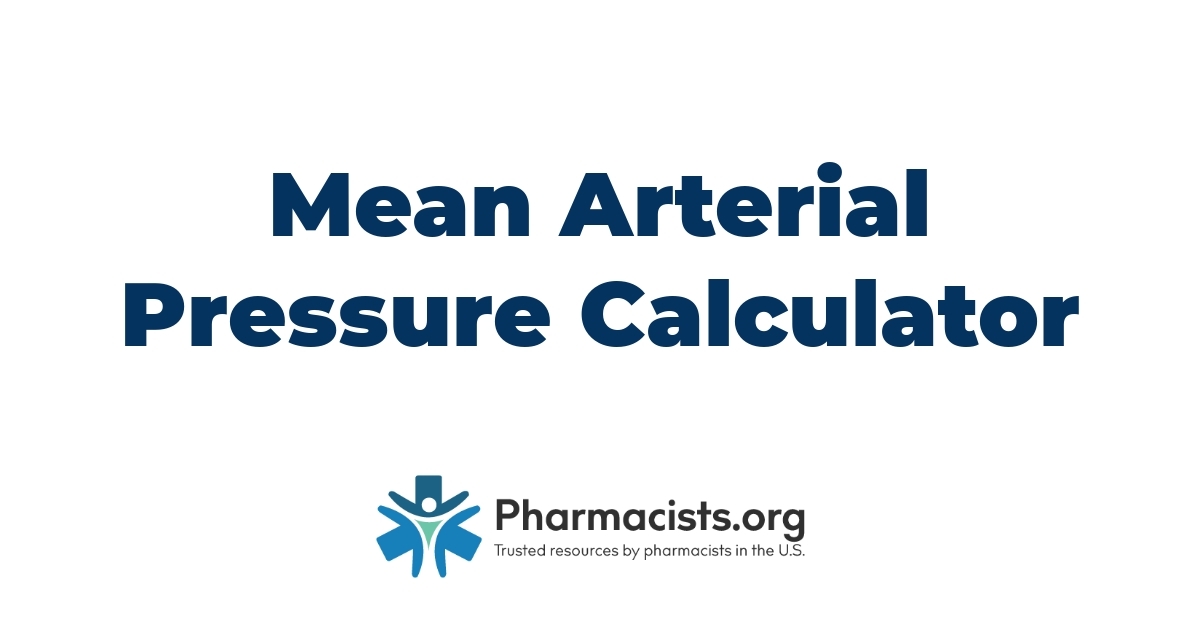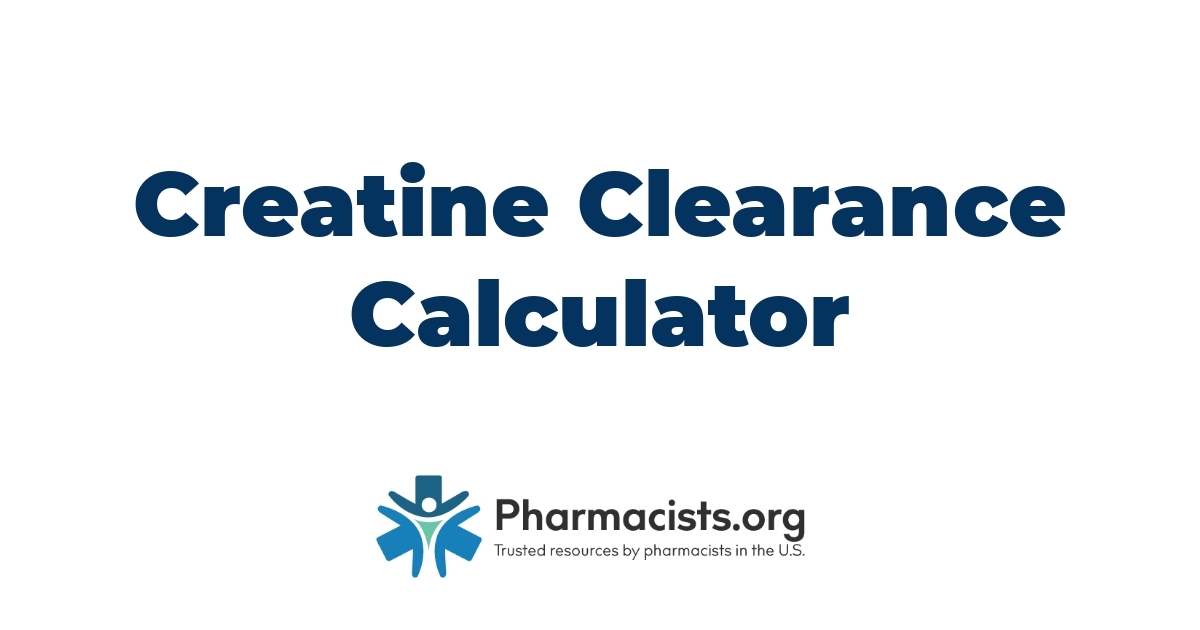Understanding the Blood Alcohol Content (BAC)
In our quest to dive deeper into the mechanisms of how alcohol affects the body, particularly for our pharmacy audience and pharmacy owners, it’s essential to shed light on Blood Alcohol Content (BAC). This metric is pivotal for understanding the implications of alcohol consumption on both physiological and legal grounds.
How BAC is Measured
BAC offers a quantitative measure of alcohol in the body, expressed as a percentage. For instance, a BAC of 0.08%, the legal driving limit in many jurisdictions in the U.S., means 0.08 grams of alcohol per 100 milliliters of blood. The determination of BAC is typically done through breath, blood, or urine tests, with each method providing its level of specificity and accuracy.
Breathalyzers, used by law enforcement, estimate BAC by measuring the alcohol level in one’s breath, offering a non-invasive and immediate reading. Blood tests, though more invasive, offer a definitive measure of the amount of alcohol in the bloodstream. Urine tests, while less common for on-the-spot assessments, provide another means to gauge alcohol consumption over a longer period.
Factors Influencing BAC
Understanding the dynamics of BAC goes beyond just knowing how it’s measured; it’s also about recognizing the myriad factors that influence it. These include:
- Body weight and composition: Generally, individuals with higher body weight or greater muscle mass will have a lower BAC compared to those with less body mass, assuming the same amount of alcohol is consumed. This phenomenon occurs because a larger body has more fluids to dilute the alcohol.
- Gender: Due to physiological differences, including body fat composition and levels of alcohol-dehydrogenase (an enzyme that breaks down alcohol), women often experience higher BACs than men after consuming the same amount of alcohol.
- Rate of consumption: The speed at which alcohol is consumed can significantly impact BAC levels. Drinking quickly doesn’t allow the body sufficient time to metabolize the alcohol, leading to higher BAC.
- Food intake: Consuming alcohol on an empty stomach results in a quicker absorption rate, elevating BAC levels more rapidly than when alcohol is consumed with food.
- Type of alcohol: The concentration of alcohol in beverages affects how quickly it enters the bloodstream. Higher alcohol content drinks can raise BAC more quickly.
For pharmacy professionals and owners, an understanding of BAC and its implications can be invaluable. This knowledge assists in providing accurate health information, guiding customers towards safer alcohol consumption practices, and understanding the pharmacological interactions that may affect patients taking medication. By integrating this understanding into our practices, we contribute to promoting overall community health and safety.
The Role of Blood Alcohol Calculators
As pharmacy professionals and owners, understanding the intricacies of Blood Alcohol Content (BAC) serves as an indispensable part of our practice, especially in educating our customers about the safe consumption of alcohol and its potential interactions with medications. In this context, blood alcohol calculators represent a critical tool, offering both insights and concrete data that can guide discussions around alcohol consumption and health.
Benefits of Using a Blood Alcohol Calculator
Blood alcohol calculators serve an important role in pharmacy practice by providing a quantitative measure of how much alcohol is in one’s system. These tools translate complex physiological processes into understandable metrics, offering several benefits:
- Educational Value: They bridge the gap between theoretical knowledge and practical understanding. By inputting variables such as weight, gender, amount of alcohol consumed, and hours spent drinking, our customers can see how these factors directly influence BAC levels. This allows for a more informed dialogue about alcohol’s effects on the body and the importance of responsible consumption.
- Prevention of Alcohol-Related Risks: Understanding BAC can aid in preventing alcohol-related diseases and conditions. High BAC levels correlate with greater health risks, including alcohol poisoning and long-term damage to vital organs. Armed with this knowledge, we can advise on safe drinking limits and potential interactions with prescription medications, thereby promoting overall patient safety.
- Support for Legal and Ethical Standards: BAC levels have legal implications, particularly relating to driving and operating heavy machinery. By utilizing blood alcohol calculators, we can provide concrete examples to our customers of how much alcohol intake it takes to reach or exceed legal limits, underscoring the importance of not drinking and driving.
Limitations and Considerations
While blood alcohol calculators are invaluable tools, they come with certain limitations and considerations that warrant caution:
- Individual Variabilities: Factors such as metabolism rate, medical conditions, and history of alcohol use can significantly affect BAC levels, and these calculators might not account for these individual differences comprehensively. It’s crucial to remind our customers that these calculators provide estimates, not definitive measures of their ability to perform tasks safely.
- Reliance on Accurate Reporting: The effectiveness of these tools depends on the accuracy of the information entered. Incorrect data about the amount of alcohol consumed or the duration of drinking can lead to misleading BAC estimations.
- Not a Substitute for Professional Advice: Finally, while these calculators can provide valuable insights, they do not replace professional medical advice. As pharmacy professionals, we emphasize to our customers the importance of consulting healthcare providers for concerns related to alcohol consumption and its interaction with medications.
Key Features of Blood Alcohol Calculators
In our journey to demystify the role and utility of blood alcohol calculators within the pharmacy sector, it’s crucial we investigate into the functionalities that stand out. These calculators are more than mere digital tools; they serve as beacons of awareness and precaution in alcohol consumption. Let’s explore the key features that underpin the effectiveness of these calculators, with a focus on accuracy, reliability, user interface, and usability.
Accuracy and Reliability
Accuracy and reliability form the cornerstone of a trustworthy blood alcohol calculator. These features ensure that pharmacy professionals can provide patients and customers with precise estimates of blood alcohol content (BAC). The accuracy of these calculators hinges on their ability to incorporate various factors that influence an individual’s BAC, including weight, gender, amount of alcohol consumed, and the time span over which alcohol was ingested. By leveraging algorithms that reflect the widmet formula or other scientifically validated methods, these calculators offer estimations that closely mirror the individual’s physiological response to alcohol consumption.
Reliability also extends to the calculators’ ability to consistently produce accurate BAC estimations across a wide range of scenarios. This reliability ensures pharmacy professionals can use them as educational tools to inform patients about the risks associated with excessive alcohol intake. Also, they can aid in discussions about safe drinking limits, thereby playing a pivotal role in promoting health and safety within the community.
User Interface and Usability
The design of a blood alcohol calculator’s user interface plays an instrumental role in its effectiveness. A well-designed interface ensures ease of use, making it accessible to pharmacy professionals and the general public alike. We prioritize features such as intuitive navigation, clear instructions, and the provision of immediate, easy-to-understand results. This user-friendliness facilitates the calculator’s adoption as a routine tool in discussions around alcohol consumption and its implications.
Usability also encompasses adaptability across various devices, including smartphones, tablets, and desktop computers. In today’s digital age, accessibility from any device enhances the tool’s utility, allowing it to be used in diverse settings — from personal consultations at a pharmacy to educational workshops and seminars. Besides, an engaging and interactive user interface can significantly increase the likelihood of individuals engaging with the tool, thereby amplifying its educational value.
Review of Popular Blood Alcohol Calculators
In the realm of healthcare, especially in pharmacy practice, blood alcohol calculators have emerged as indispensable tools. They not only offer clarity on Blood Alcohol Content (BAC) levels but also play a crucial role in mitigating alcohol-related risks. For pharmacists and healthcare professionals, choosing the right BAC calculator is pivotal. So, we investigate into an analysis of popular blood alcohol calculators, focusing on features that stand out and gathering insights from user feedback and ratings to inform pharmacy owners and professionals in making informed decisions.
Comparison of Features
When assessing blood alcohol calculators, several features emerge as paramount: accuracy, user interface, and the comprehensive coverage of factors influencing BAC. High accuracy is non-negotiable, as it underpins the calculator’s reliability. The best calculators employ sophisticated algorithms that account for a myriad of variables, including but not limited to, weight, gender, type of alcoholic beverage, and the duration of alcohol consumption.
Another critical aspect is the user interface. In our practice, we’ve observed that calculators with intuitive, easy-to-navigate interfaces are more likely to be used consistently. They should be accessible across various devices, ensuring that both healthcare professionals and patients can use them when needed.
Finally, adaptability is a distinguishing feature. Calculators that allow customization to include more specific factors such as food intake, alcohol tolerance levels, and health conditions stand out for their comprehensive approach to estimating BAC levels accurately.
User Feedback and Ratings
User feedback and ratings are invaluable sources of insight when evaluating blood alcohol calculators. They offer a glimpse into the real-world utility of these tools. High ratings and positive reviews often highlight calculators that excel in accuracy, ease of use, and educational value. Pharmacists have emphasized the importance of reliability in these tools, noting that calculators with consistent updates and fact-checks by medical professionals gain their trust.
Negative feedback, on the other hand, has drawn attention to calculators that oversimplify BAC estimation, disregarding critical factors or failing to update their databases to reflect the latest research. Such feedback is instrumental in guiding future improvements and selecting tools that align with the needs of pharmacy practice.
In synthesizing user feedback, we find a clear preference for calculators that balance complex functionality with user-friendly design. Tools that provide additional resources, such as guidelines on safe drinking limits and information on alcohol’s effects on health, are particularly valued for their role in patient education.To conclude, our analysis underscores the significance of choosing a blood alcohol calculator that aligns with the core needs of pharmacy practice: accuracy, usability, and educational value. By focusing on these parameters and considering user feedback, pharmacy owners and healthcare professionals can select tools that not only assist in safe alcohol consumption practices but also enhance their ability to counsel patients effectively.
Tips for Using Blood Alcohol Calculators Safely
In the realm of pharmacy practice, our aim is to ensure the well-being of patients while fostering responsible alcohol use. Blood alcohol calculators have emerged as an indispensable tool in this quest, equipping both pharmacists and the public with a means to gauge Blood Alcohol Content (BAC) with precision. But, while these calculators offer significant advantages, using them wisely and understanding their limitations is paramount to ensure they serve our intended purpose without inadvertently causing harm.
Knowing When to Not Rely on Calculators
Blood alcohol calculators, though resourceful, have their constraints. It’s vital for us, especially in our roles as pharmacists and healthcare professionals, to recognize the scenarios where these calculators may not provide an accurate assessment of an individual’s BAC. Several factors can influence BAC levels outside the scope of standard calculators, including medical conditions, medications that may interact with alcohol, and unique metabolic rates. These external variables can significantly alter how one’s body processes alcohol, making reliance on these calculators ill-advised in certain situations.
Also, we need to educate our patients and clients about these limitations. For example, someone with liver conditions or those taking medications that affect liver enzymes should be cautioned against solely using these calculators to make decisions about their alcohol consumption. Instead, such instances call for professional medical advice, emphasizing the calculators’ role as a guide rather than an absolute authority on one’s fitness to drive or engage in other activities after consuming alcohol.
Legal Implications of Misusing Blood Alcohol Information
The legal ramifications of misusing blood alcohol information can’t be overstated. It’s our responsibility to inform individuals seeking advice that these calculators should not be used as a definitive measure to ascertain their legal ability to drive or engage in activities where alcohol impairment could pose risks. In the United States, legal limits for BAC while driving vary by state but generally hover around 0.08% for adults over the age of 21. Misinterpreting calculator results could lead individuals to assume they are legally permitted to drive when, in fact, their BAC exceeds the legal limit, leading to severe legal consequences, including DUI charges, fines, and potentially, imprisonment.
Besides, our guidance as healthcare professionals should stress the point that no BAC calculator can accurately predict how alcohol consumption affects one’s cognitive functions and motor skills. The legal implications underscore the vital importance of erring on the side of caution and opting for alternative transport options if there’s any question of impairment. Our role extends beyond providing tools and resources; it encompasses educating our community on the safe and informed application of these resources to prevent legal complications arising from alcohol consumption.
Owner, entrepreneur, and health enthusiast.
Chris is one of the Co-Founders of USA Rx.com. An entrepreneur at heart, Chris has been building and writing in consumer health for over 10 years.
Chris has a CFA (Chartered Financial Analyst) designation and is a proud member of the American Medical Writer’s Association (AMWA), the International Society for Medical Publication Professionals (ISMPP), the National Association of Science Writers (NASW), the Council of Science Editors, the Author’s Guild, and the Editorial Freelance Association (EFA).
Our growing team of healthcare experts work everyday to create accurate and informative health content in addition to the keeping you up to date on the latest news and research.
































